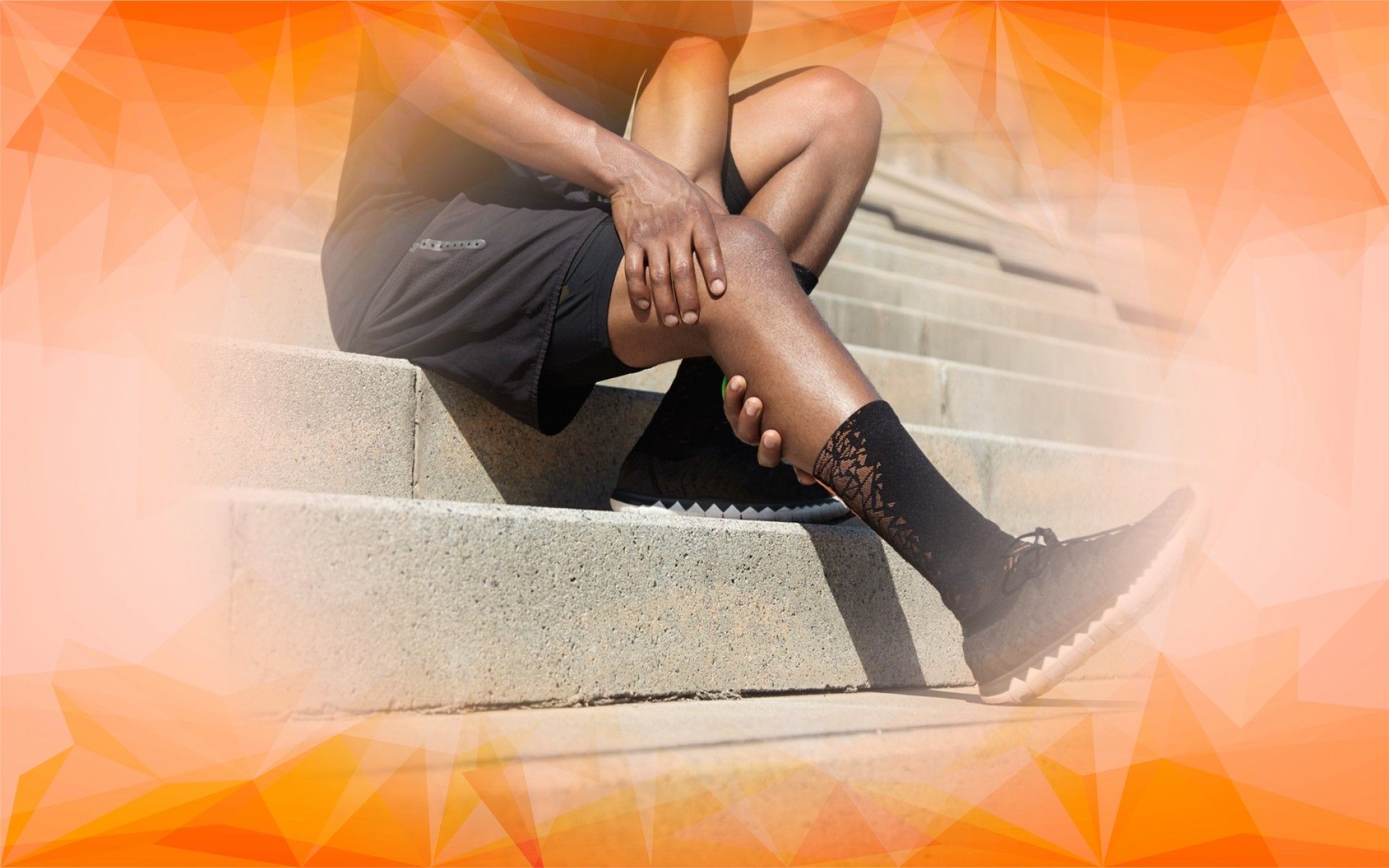Introduction
Medial knee osteoarthritis is a common and often frustrating condition, impacting millions of people worldwide. It causes ongoing pain and can make everyday activities—like walking or climbing stairs—a real challenge. While traditional treatments such as medication and lifestyle changes can help manage pain, they rarely address the root cause: the way your knee bears weight and moves. That’s where unloading knee braces come in. These innovative devices don’t just provide relief; they help improve balance, walking patterns, and overall mobility. For many people, they represent a new level of freedom and confidence in daily life.
Understanding Medial Knee Osteoarthritis
Medial knee osteoarthritis happens when the smooth, cushioning cartilage inside your knee wears away on the inner (medial) side of the joint. This loss of cartilage leads to bones rubbing against each other, resulting in pain, inflammation, stiffness, and sometimes the sensation that the knee might give way. As the disease progresses, even simple tasks like standing for long periods or climbing stairs can become increasingly difficult due to pain and restricted movement .
What makes this condition especially challenging is how it changes the knee’s mechanics. The uneven wear places extra pressure on the damaged area and throws off muscle function around the joint. Treatments like pain medication and physiotherapy may ease symptoms temporarily, but they don’t correct this underlying problem. That’s why solutions that focus on restoring balance to the joint—like unloading knee braces —are gaining more attention.
How Do Unloading Knee Braces Work?
Unloading knee braces are designed to take pressure off the damaged inner part of the knee. They gently guide the knee into a straighter position, reducing the force on the worn cartilage. Imagine it as a subtle realignment that eases stress exactly where it’s needed.
By shifting how the knee bears weight, unloading braces help reduce what’s called the “knee adduction moment,” a force that increases pressure on the inside of the joint. Lowering this pressure isn’t just about pain relief ; it protects the cartilage from further damage. These braces also support muscles around the knee, which can improve walking and balance.
Studies have shown that people using unloader braces often experience a more natural and symmetrical walk. Many report being able to walk longer distances, feel steadier, and move more confidently in day-to-day life.
The Evolution of Knee Braces: Comfort Meets Effectiveness
Knee braces have evolved significantly over the years. Early models were heavy and rigid, making them uncomfortable and impractical for regular wear. Unsurprisingly, this limited their use and effectiveness.
Today’s braces are a different story. Thanks to advances in materials and design, modern unloading braces are lightweight, adjustable, and far more comfortable. Some even feature air-filled (pneumatic) supports that adapt to your movement and needs, offering targeted relief. These improvements mean people are more likely to wear their braces consistently, which is crucial for success. There are now affordable options available—sometimes provided through national healthcare services—that make high-quality braces accessible to more patients than ever before.
What Does the Research Say?
There’s mounting clinical evidence that unloading knee braces can make a real difference in the lives of people with medial knee osteoarthritis . Many patients report less pain, increased stability, a greater walking distance, and a reduced need for pain medication—which together can greatly improve overall quality of life.
However, some studies urge caution. The quality of evidence for benefits like improved knee function and pain relief varies, and results can be inconsistent. For example, some research found that while braces can help some patients, the certainty about how much they help is still considered low due to limited high-quality, long-term studies. The effectiveness can also depend on factors like how advanced the arthritis is and how well the brace fits.
Even so, many healthcare professionals see unloading braces as a valuable addition to the broader treatment plan for knee osteoarthritis , working alongside physical therapy, lifestyle changes, and medication.
Looking Ahead: The Future of Unloader Knee Braces
In summary, unloading knee braces offer far more than temporary pain relief—they address the mechanical issues driving medial knee osteoarthritis . By improving knee alignment and function, they can help restore mobility and confidence.
With ongoing innovations in design and more research on the horizon, these braces are poised to play an even bigger role in osteoarthritis care . As technology advances and evidence grows, millions more people could benefit from a treatment that allows them to move more comfortably and enjoy a better quality of life.
References
Moller, F., Ortiz-Muñoz, L. E., & Irarrázaval, S. (2021). Offloader knee braces for knee osteoarthritis. Medwave, 21(03), e8114-e8114. https://doi.org/10.5867/medwave.2021.01.8114
Rannou, F., Poiraudeau, S., & Beaudreuil, J. (2010). Role of bracing in the management of knee osteoarthritis. Current Opinion in Rheumatology, 22(2), 218–222. https://doi.org/10.1097/bor.0b013e32833619c4
Stamenović, D., Kojić, M., Stojanović, B., & Hunter, D. J. (2009). Pneumatic osteoarthritis knee brace. Journal of Biomechanical Engineering, 131(4). https://doi.org/10.1115/1.3072890




